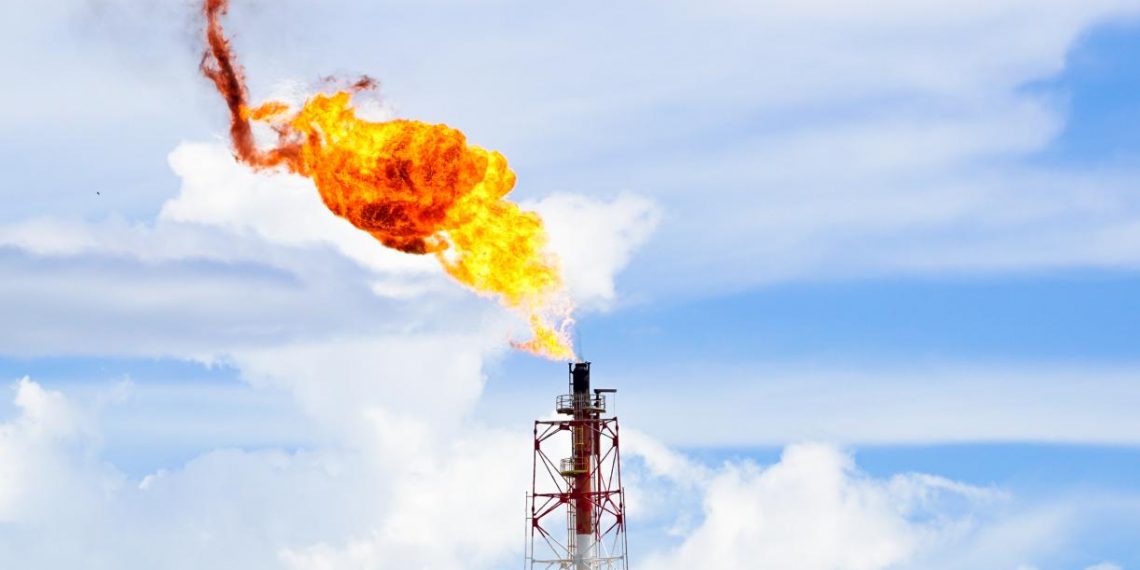Methane is one of the most potent greenhouse gases on the planet. It’s more than 80 times more powerful than carbon dioxide and is responsible for nearly half of the global temperature rise the world has already experienced.
In 2021, more than 100 nations signed on to the Global Methane Pledge, a groundbreaking commitment that aims to reduce global methane emissions by at least 30% by 2030 relative to 2020 levels. Initially announced by the United States and European Union, the pledge brings together countries and non-governmental stakeholders to encourage collective action on methane.
Yet in order to reach the Global Methane Pledge goals by 2030 and prevent the worst effects of climate change, methane reduction targets must be reflected in countries’ climate mitigation plans, called Nationally Determined Contributions (NDCs). And so far, only a few nations have set quantifiable targets to cut methane emissions.
Here, we outline action from the top methane-emitting countries and look at opportunities to better incorporate methane reductions into their NDCs:
Which countries account for the majority of the world’s methane?
The 50 highest methane-emitting countries account for 87% of methane emissions, while the top 30 account for 76%. This means that the highest emitters — especially the top 30 — must take the most action to reduce methane emissions globally.
Multinational corporations must partner in the fight against methane, particularly due to the significant role they play in driving methane emissions. Most methane emissions are human-cased, with coal mining, landfills, oil and natural gas systems, agricultural activities and wastewater treatment — among other things — driving emissions.
Which countries are taking the lead in reducing methane emissions?
While 26 of the 30 largest methane emitters include methane in their NDCs in some way, only three include quantifiable methane targets: Nigeria committed to a 60% reduction in methane emissions by 2030, Bangladesh aims to reduce its methane emissions by 17% in 2030 compared to a business-as-usual scenario, and Indonesia includes methane-related targets in the agriculture, waste, oil and gas, and coal sectors. A quantified is important because it outlines the specific contribution a country plans to make towards methane reduction, creating measurable goals and encouraging greater ambition.
Other countries have not set quantified methane targets, but have engaged in sectoral action. China is phasing out coal plant expansion and limiting coal consumption, while the United States is taking action in the oil and gas sector through the American Innovation and Manufacturing Act. Meanwhile, Pakistan committed to reduce methane emissions through action in the waste sector, and Venezuela is implementing plans to capture and control methane from landfills.
Additionally, other top-emitting countries — including Australia, Uzbekistan, Ethiopia, Vietnam, the Philippines, Tanzania, Ukraine, France and Germany — included methane-related actions in their NDCs without explicitly mentioning methane, outlining actions related to livestock, landfills or manure, among others.
How can countries take more ambitious action to reduce methane?
While almost all of the top 30 methane-emitting have signed on to the Global Methane Pledge, four of the biggest — China, India, Russia and Brazil — have not. Joining the pledge would help demonstrate and reinforce commitments to global methane mitigation. As more countries join the pledge, more collaborative action and idea exchange can take place. Supporting fellow signatories as well as other international emissions-reduction initiatives will help countries help each other in fighting methane-induced warming.
Countries can also include quantified methane targets (like Nigeria and Bangladesh have done) and/or their Global Methane Pledge commitments in their NDCs to keep themselves accountable and raise overall methane ambition. Because countries must regularly update their NDCs, including methane targets or Global Methane Pledge goals in NDCs would give countries the opportunity to frequently enhance these targets.
Non-governmental actors — including philanthropies, development banks and the private sector — have committed $328 million in funding to facilitate the implementation and growth of the pledge. To further enhance financing and help countries meet their commitments, big countries and large emitters should contribute to the financing of the pledge and raise the ambition of their targets in order to take the lead and support global methane action.
The UN’s recent call to action for countries to enhance their NDCs prior to COP27 in Egypt in December 2022 presents an opportunity for countries to raise their ambition in reducing methane. As they enhance mitigation, adaptation and finance in the next iteration of their NDCs, countries have the chance to give special attention to methane and integrate methane targets into their short- and long-term climate action plans.
If we fail to dramatically cut methane emissions, limiting global temperature rise to 1.5 degrees C (2.7 degrees F) and preventing the worst impacts of climate change will be a near-impossible task.


